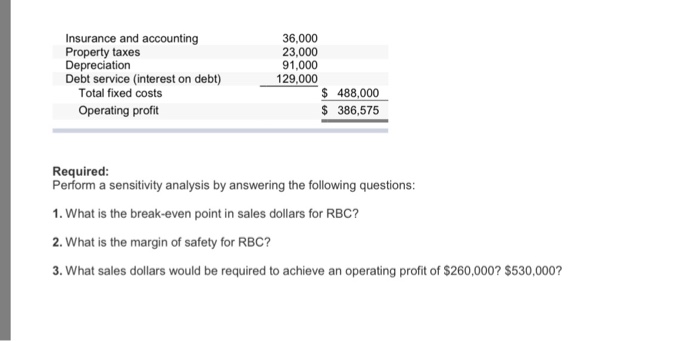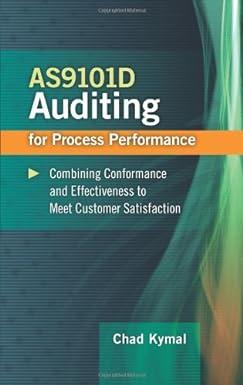
Please show step by step solutions
Integrative Cases Cost Volume Profit Analysis Three entrepreneurs were looking to start a new brewpub near Sacramento, Califomia, called Roseville Brewing Company (RBC). Brewpubs provide two products to customers-food from the restaurant segment and freshly brewed beer from the beer production segment. Both segments are typically in the same building, which allows customers to see the beer-brewing process. After months of research, the owners created a financial model that showed the following projections for the first year of operations: S 877.500 1,170,000 97,500 $1,950,000 431,925 1,518,075 1.131.500 S 386,575 Beer sales Food sales Other sales Total sales Less cost of sales Gross margin Less marketing and administrative expenses Operating profit In the process of pursuing capital through private investors and financial institutions, RBC was approached with several questions. The following represents a sample of the more common questions asked What is the break-even point? What sales dollars will be required to make $260,000? To make $530,000? Is the product mix reasonable? (Beer tends to have a higher contribution margin ratio than food, and therefore product mix assumptions are critical to profit projections) What happens to operating profit if the product mix shifts? How will changes in price affect operating profit? How much does a pint of beer cost to produce? It became clear to the owners of RBC that the initial financial model was not adequate for answering these types of questions. After further research, RBC created another financial model that provided the following information for the first year of operations: Sales Beer sales (45% of total sales) Food sales (60% of total sales) Other sales (-5% of total sales) $ 877,500 1.170,000 -97,500 $1,950,000 Total sales Variable Costs Beer (11% of beer sales) Food (31% of food sales) Other (28% of other sales) wages of employees (25% of sales) Supplies (3% of sales) Utilities (4% of sales) Other: credit card, misc. (1%ofsales) S 96,525 362,700 -27.300 487.500 58.500 78.000 19.500 Total variable costs Contribution margin Fixed Costs $1,075.425 874.575 Salaries: manager, chef, brewer 136,000 24,000 10,000 39,000 Other, cleaning, menus, misc

 Please show step by step solutions
Please show step by step solutions 





